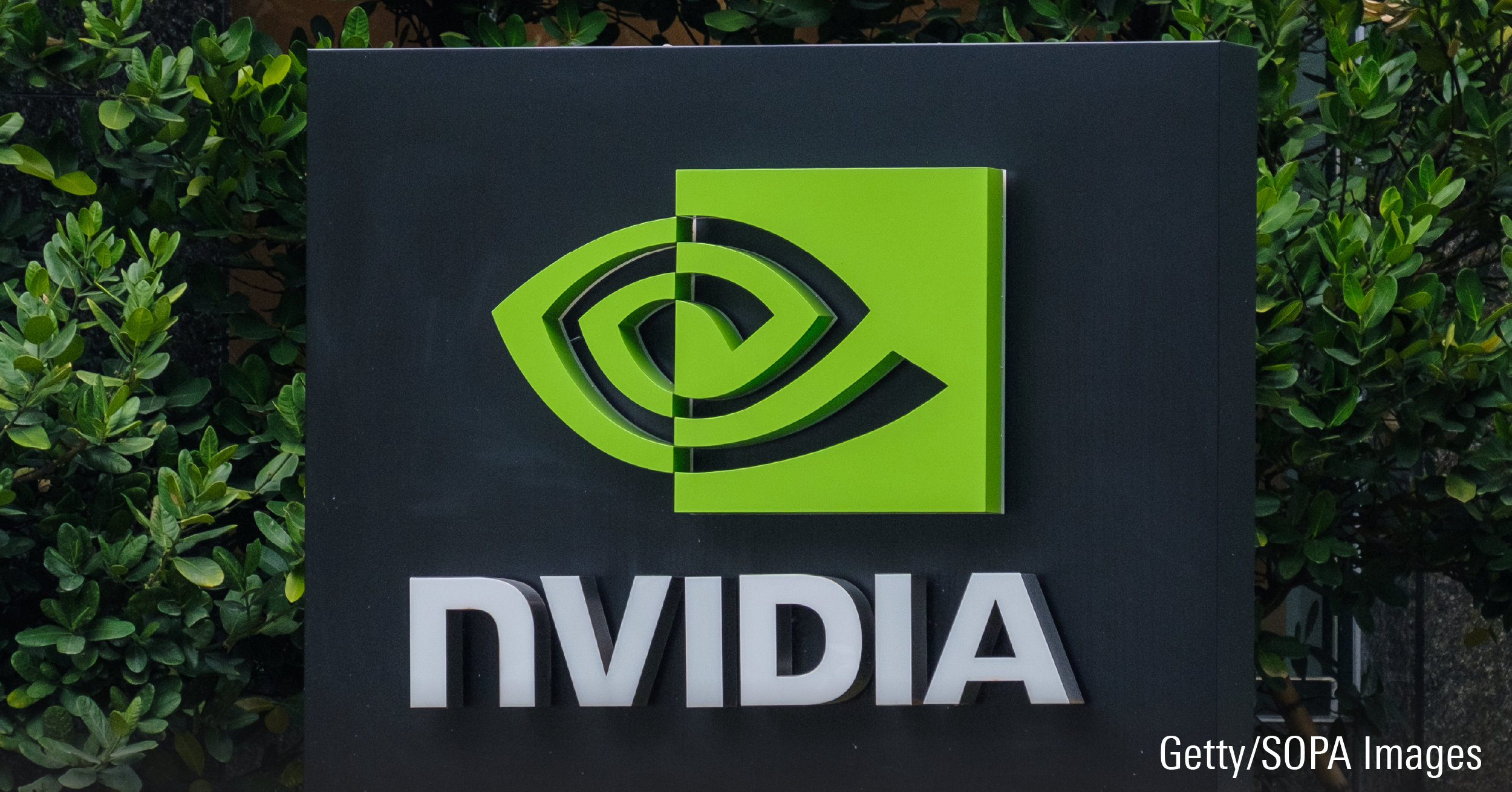Find more episodes of Quant Concepts here
Ryan Strong: Welcome to Quant Concepts. This week, we will be looking at a simple Canadian dividend strategy that has earned 10% a year over the last 20 years. There are many benefits in owning Canadian dividend stocks such as tax-preferred income and stable price appreciation.
Today, we are going to find the top companies in Canada who have been consistently growing their dividends over the last three years. Our goal is to find medium to large-sized companies that pay a consistent and significant yield. We will be looking at factors such as dividend growth, payout ratio, and earnings per share growth. Dividend growth will be the primary factor we are looking for to ensure investors in this strategy get a raise on their income every year. The payout ratio is critical to ensure that companies still have income left after paying out dividends to invest back in the business while still being able to sustain the dividend over the long term. And lastly, EPS growth is also a key factor in finding companies that are growing their earnings over time, leading to significant price appreciation.
First, let's start by ranking and identifying our universe. We've identified all stocks with the complete data set in the Morningstar CPMS universe. In the ranking step, we are going to include one main factor - 5-year normalized dividend growth. Our screen will then only include stocks growing their dividends and will rank them from highest to lowest. For this strategy, we are keeping the screen extremely simple and then we'll apply our buy rules.
The first buy rules will ensure that all companies purchased into the model have grown their dividend for at least the last three years. This is accomplished with DIVG1, DIVG2, DIVG3, ensuring that all companies have dividend growth over the last three years. Next, we incorporate a market cap over $1 billion. This is an important rule to ensure that all companies are large enough and have enough liquidity to get in and out of. Yield is included over 1.5 to ensure that all companies purchased into the model have a significant dividend yield. Next, payout ratio is included to only include stocks under 70% payout ratio, which is in line with many of our predefined strategies at Morningstar CPMS. And lastly, 3-year normalized EPS growth is set to the industry median and will only include stocks in the top half of earnings per share growth.
Now, let's take a look at the sell side. We have identified three sell rules that will trigger our strategy to take profits once a holding no longer meets any of these rules. First, we will sell a holding if the 5-year normalized dividend growth goes negative. Dividend growth is a key factor in this strategy. So, we want to sell any name no longer meeting this requirement. Second, we will sell stocks if they no longer pay a dividend. As we are looking for yield, a stock without a dividend no longer meets our goals. And lastly, if the payout ratio exceeds 100, this is a good indication that the dividend is not sustainable and gives us a signal to exit our position.
Now that we have finished creating our strategy, let's take a look at the back test page. In our back test, we've started the simulation from January 2002 to January 2022, giving us 20 years of history. And over that time period, we've seen significant relative outperformance with a 10% annualized return. This was achievable with only a 12% annualized turnover or roughly 2 stocks per a 20-stock portfolio.
Next, we'll jump over to the attribution. The first noteworthy factor is market cap. This strategy is holding smaller companies than the underlying index, currently at an average of $20 billion versus the TSX at $64 billion. The holdings are at a much lower valuation than the TSX as well, such as 12 times price to earnings for our strategy versus 15.2 times price to earnings for the TSX, or 1.2 times sales for our strategy versus 2.1 times trailing sales for the TSX. And lastly, the growth and momentum characteristics tend to be in line with the TSX, while having slightly less quarterly earnings and sales momentum but higher analyst recommendations overall.
In conclusion, this strategy is best suited towards investors looking for high-quality companies with predictable and stable dividends. Incorporating earnings growth allows us to get above index-like returns while achieving our goal of finding companies with rising dividends.
From Morningstar, I'm Ryan Strong.






:quality(80)/cloudfront-us-east-1.images.arcpublishing.com/morningstar/VYKWT2BHIZFVLEWUKAUIBGNAH4.jpg)











